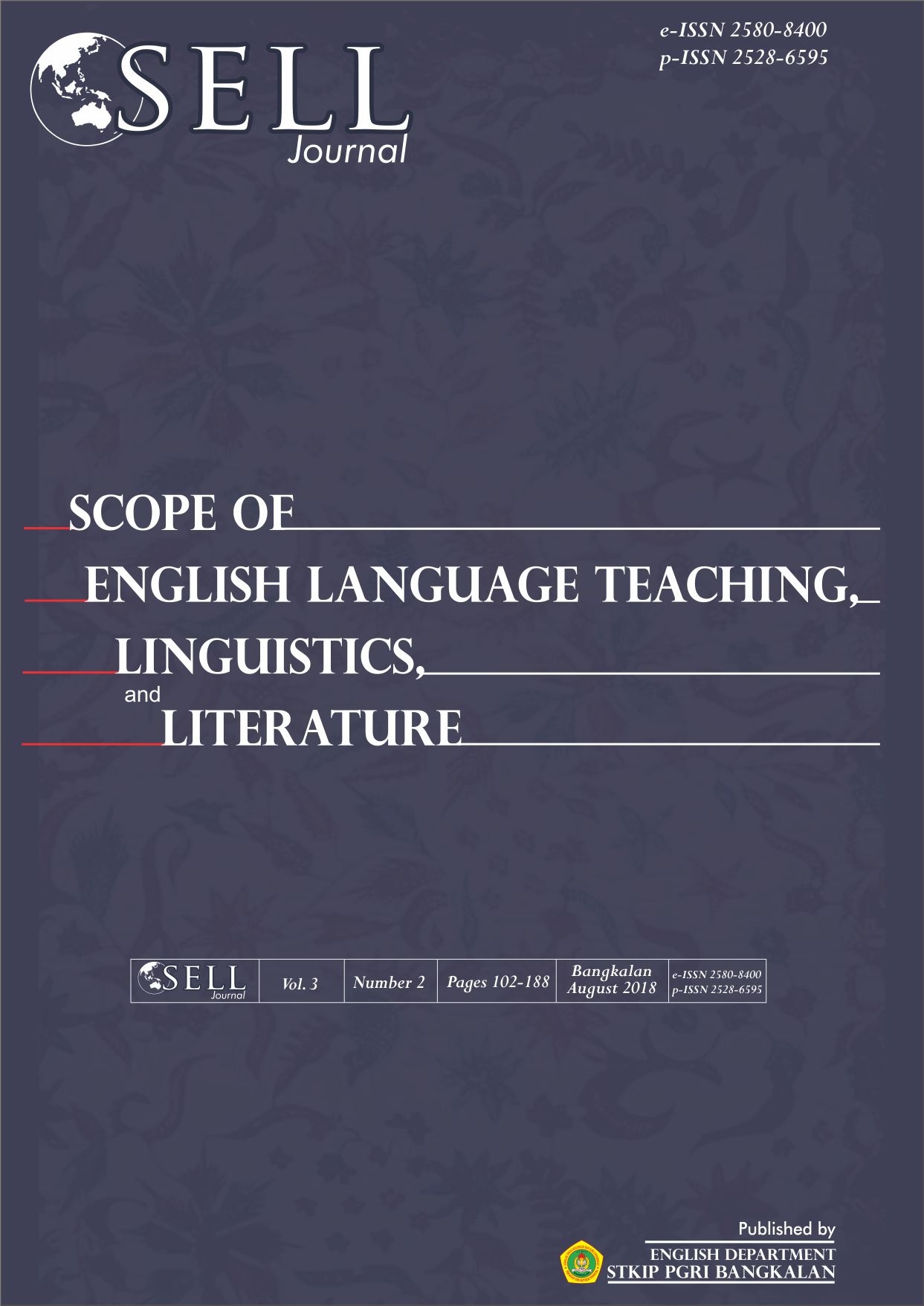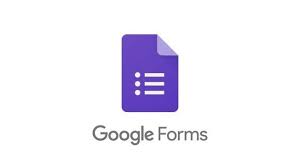The Effectiveness of Using Card Games to Improve Vocabulary Acquisition
DOI:
https://doi.org/10.31597/sl.v3i2.552Keywords:
Effectiveness, Card Games, Improve Vocabulary AcquisitionAbstract
Teaching vocabulary at elementary school is not easy. In many stages the students’ interest in learning English is usually spontaneous. Teaching vocabulary to elementary schools, the teacher should and can make the students relax and interested, so they will be happy to learn it. If they feel happy, they will arouse their inner motivation. The problems which will be investigated in this study are formulated as follows: (1) What are the features of vocabulary taught to the first grade students of elementary level? (2) Is there any significant difference between the acquisition of vocabulary by the students who are taught using card games and the students taught conventionally? The teachers use games as their teaching aid. The students really appreciate any kind of game activities which provide excitement and fun. It will be easy to understand and practice English. The researcher chooses games as the simple illustrated media to facilitate students’ method of learning, as children learn while playing games. It is easy to be understood and comprehended by students. The subjects of the study who are grouped into two classes, each of the classes contains 30 students who means that the subjects of the study are 60 students. They have the same ability of the knowledge. The writer uses standardized test, It consist of 25 items with the allocated time of 60 minutes for pre-test and post test. The writer involves two classes.The total number of the first grade students are 60, 30 students belong to A class and the other 30 students belong to B class. In this study, A class is choosen for the experimental group, and B class for the control group, the writer use T-test, The test is to find out students achievement in a process without using card games and the second test is used to find out the differences, the writer calculate the correlation among them by using T-test formula. To calculate the data, the researcher uses spss program. The data analysis above is description that t-test is 2.676 and degree of freedom ( df ) = (60-1-1)=58 at standard significant 0,05. So t-table is 2.002 from the data can take conclusion that t-test >. t-table (2.676 > 2.002) . Based on the result, Ho is refused because t-test > t-table means that there is influence or significant differences.
References
Arikunto, Suharsimi. (2002). Prosedur penelitian. Jakarta : Renika Cipta.
Ary, Ronald, Lucy Chaesar Jacob Abd Asghar Rajareich.(1985). Introduction to research in
education. Third edition. New York:NTL, Richard and Winston Inc.
As Hornoy. (1987).Oxford dictionary. Britain : The University Printing House.
Brown J.W, Lewin, R.B & Harcreleroud, F.(1987).Instructional, technology, media &
methods. New York: Harcourt.
Deigthon, Lee. C. (1971). Encyolopedia of education. New York : Mr Milton company
free press.
Depdiknas. (1994). Kuriculun muatan lokal, garis besar program pengajaran kantor
wilayah propinsi Jatim . Jakarta : Depdiknas.
DJumarah, Syaiful Bahri. Drs dan Aswan Zain. (2002). Strategi belajar mengajar
Jakarta: PT Rineka Cipta.
Dulay, Heidy dkk. (1982). Language two. New York : Oxford University Press.
Echols, Jhon M and Hassan Shadily. (1997). Kamus indonesia-Inggris An Indonesian-
English Dictionary. Jakarta: PT Gramedia Pustaka Utama.
Echols, Jhon M and Hassan Shadily. (1997). Kamus Inggris –Indonesia An English-
Indonesia Dictionary. Jakarta: PT Gramedia Pustaka Utama.
Ernestova, Marie. (1981). How to use ready made picture. English Teaching
Finoccbiaro, Mary. (1968). English as a secund language from theory to practice. New York
: Regents Publishing Company. Forum Vol.XIX No. 4-8.
Hamalik. Oemar. (2004). Perencanaan berdasarkan pendekatan sistem. Jakarta: PT Bumi Aksara.
Hamalik. Oemar. R. (1989). Media pendidikan. Bandung: PT. Citra Aditya.
Harley, Heidi.(2001). English Words: A Linguistics introduction. New York : Blackwell
Publishing.
Harmer, Jeremy. (1983). Longman handbooks for languageteacher: The English practice of
English language teaching. Essex: Longman Group Ltd.
Harmer, J. (1998). How to teach listening, Pearson Longman Limited.
Hidayat, Rachmat Taufik. (2001). Kosakata Bahasa Inggris. Yogyakarta: Pustaka Pelajar
(anggota IKAPI).
Johnson, D. W., & Johnson, R. T. (1999). Learning together and alone L: Cooperative,
competitive and individualistic learning (5th ed.). Boston: Allyn & Bacon.
K, E, Suyanto. (2007). English for young learners. Jakarta: PT Bumi Aksara.
Kasbollah and Yuwostomo. (1999). Instructional media. Universitas Negeri Malang.
Napa, A. Pieter. (1963). Vocabulary development skills. Yogyakarta: Kanisus.
Nasr, T. Raja. (1984). The essential of linguistic science. Lebanon: Beirut University.
Rachmadie, sabrony, Drs, MA. (1986). Vocabulary. Jakarta: Karunia Universitas Terbuka.
Richards, Jack C. and Willy A. Renandya. (2007). Methodology in language teaching.
Cambridge: Cambridge University Press.
Street, Walthon. (1995). Oxford learner’s pocket dictionary. Oxford: Oxford Universiry |
Press.
Downloads
Published
How to Cite
Issue
Section
License
1. Copyright of this journal is possession of Editorial Board and Journal Manager, by the knowledge of author, whilst the moral right of the publication belongs to the author.
2. Legal formal aspect of journal publication accessibility refers to Creative Commons Atribution-ShareAlike (CC BY-SA), implies that this license lets others remix, adapt, and build upon your work even for commercial purposes, as long as they credit you and license their new creations under the identical terms. This license is often compared to “copyleft” free and open source software licenses.
3. Every publications (printed/electronic) are open access for educational purposes, research, and library. Other that the aims mentioned above, editorial board is not responsible for copyright violation















